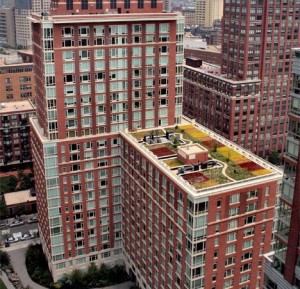
With the waxing and waning of the economy over the past several years, more and more people are choosing to move into apartments and rent instead of purchasing homes. With this uptick in renting and downturn in ownership, one possible side effect of it is that more homes are left vacant, either as a result of foreclosures or just from people moving to smaller dwellings. What does this mean for neighborhood property values, and how can banks protect these properties while they wait for new tenants or owners to move in?
Empty Homes in Neighborhoods
When neighborhoods have a higher concentration of empty homes, the overall property value may go down, on account of a rise in criminal activity. When there are a lot of empty homes, they may become targets for vandalism such as break-ins, broken windows, or other damage. The problem with having homes sit empty for any length of time is that more and more people will notice that no one is maintaining the property. If lawns go un-mowed or the home goes into a state of disrepair, it has a negative effect on the area as a whole, since people will notice that there are abandoned homes and may decide to live elsewhere, thus perpetuating the empty-home problem in the neighborhood. Thankfully, though, there’s something that banks or lenders can do to prevent the problems associated with vacant properties.
How to Protect Vacancies
In an ideal real estate market, properties would sell relatively quickly and in turn, there wouldn’t be any issues related to empty buildings. Unfortunately, the demand for housing doesn’t always line up with the supply, so banks and lenders need to come up with ways to make sure that uninhabited homes don’t get broken into, vandalized, or damaged. One highly effective method of protecting homes is installing door guards and window security covers. By simply boarding up the entry points, the potential for someone breaking in are significantly lowered. Another thing that lenders should do is maintain the property the building is on. For instance, lawns shouldn’t be allowed to grow and grow. It’s important for banks and lenders to present the home as they’d wish to see a home in a neighborhood if they were buying a home. The more the home is protected and kept up with, the quicker it will sell.




